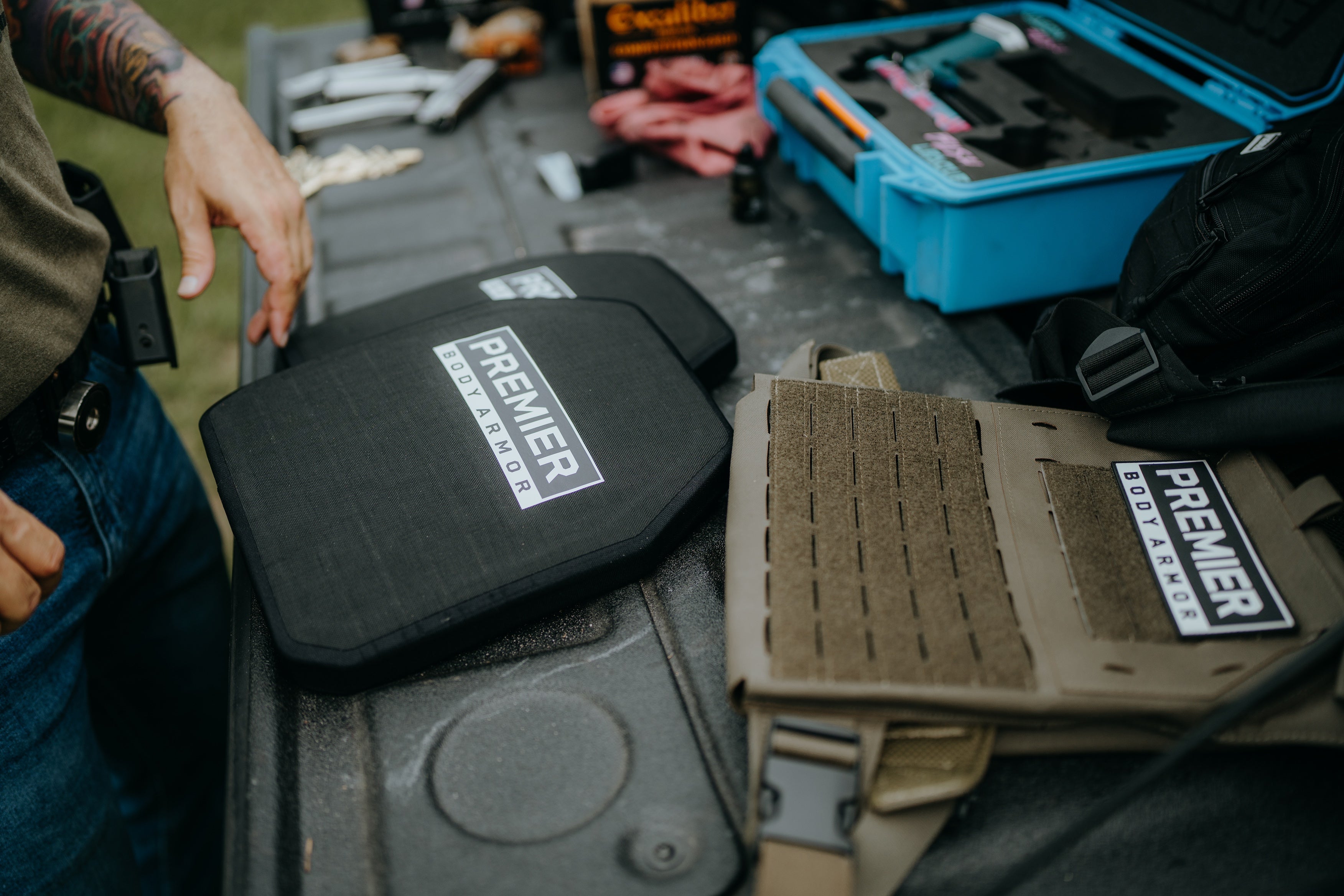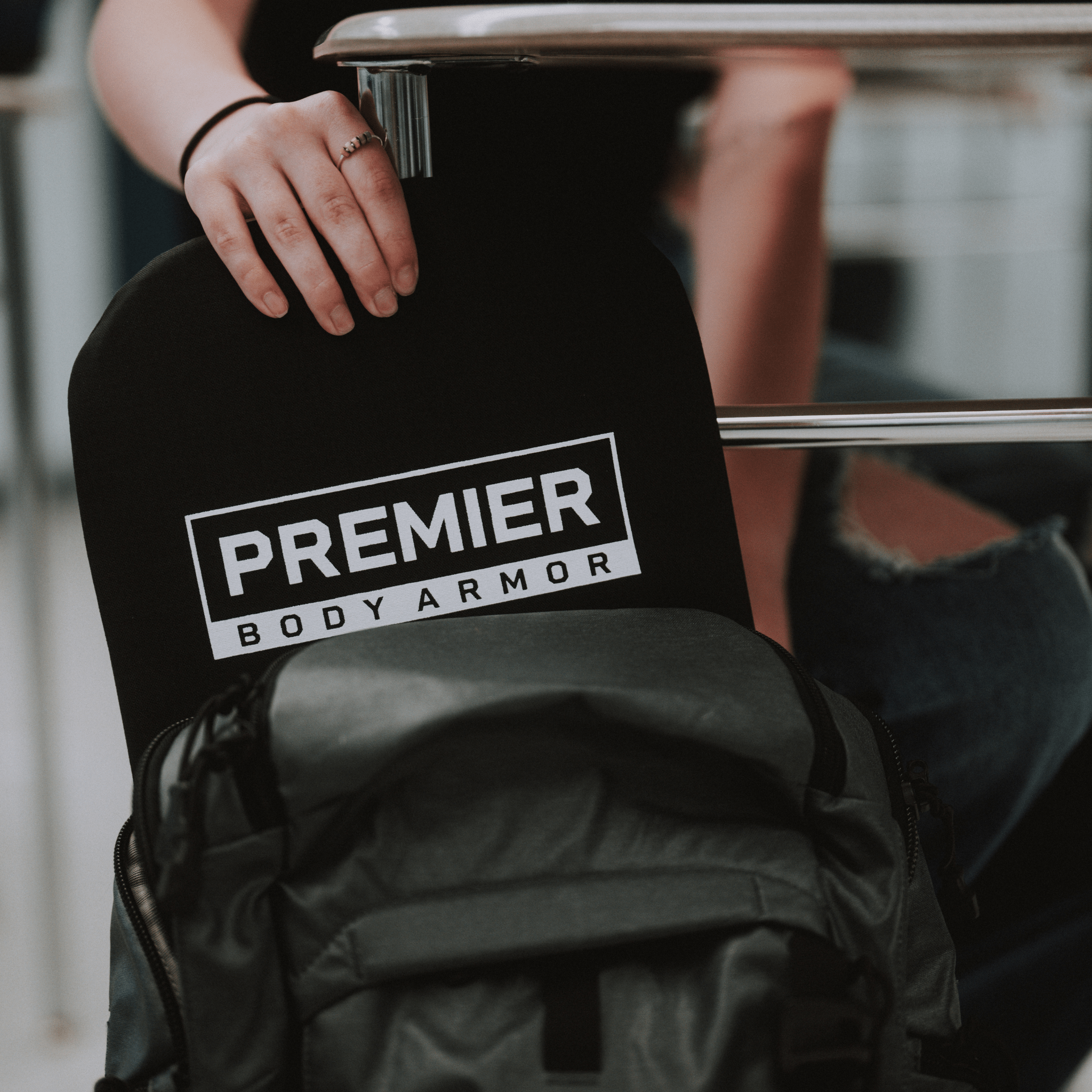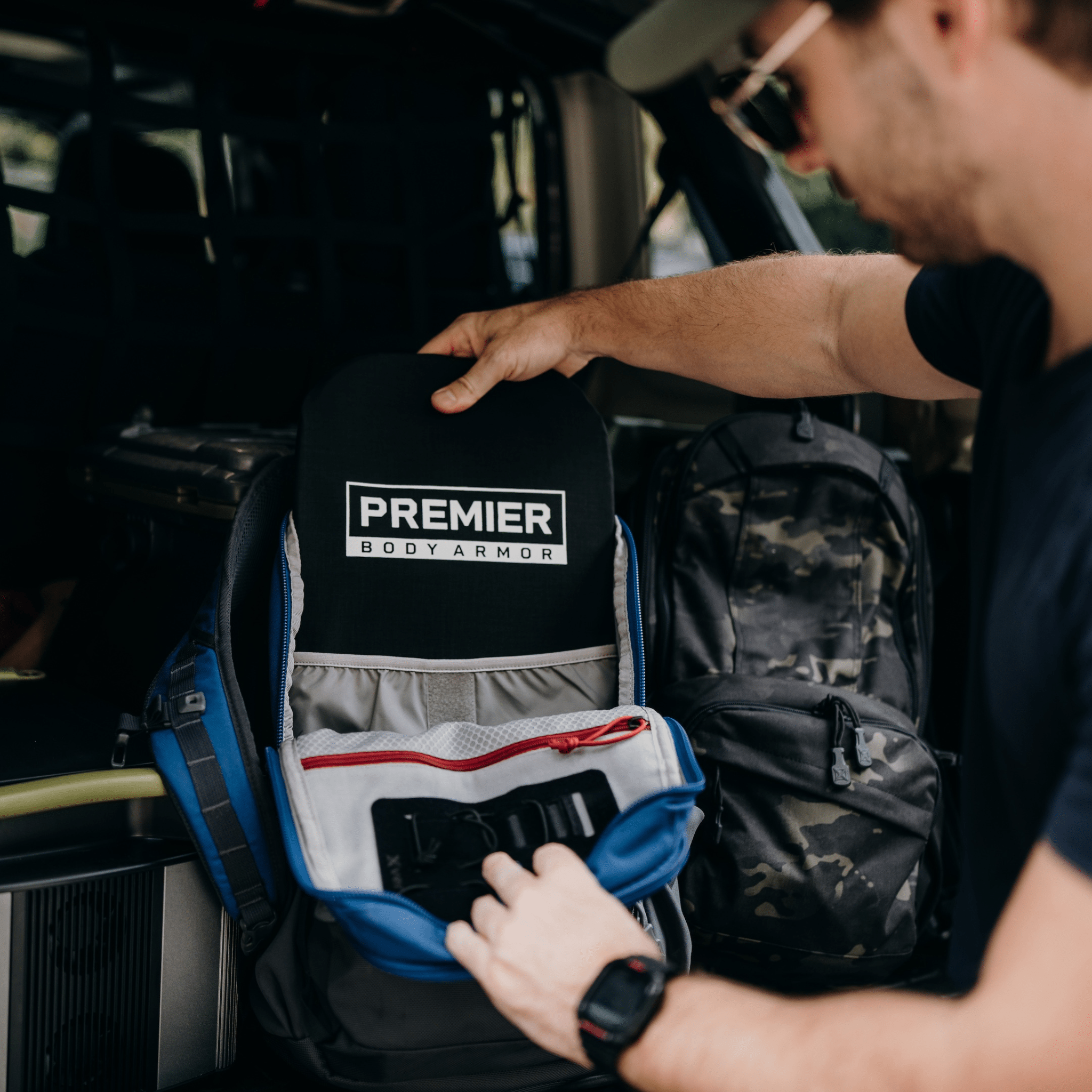6 Tips to Improve Situational Awareness
Guest Blogger: Emily Johnson
Situational Awareness and How It Helps Keeps You Safe
In my college years, I went to concerts, clubs, movie theaters, classes, and grocery stores without a second thought. I was more concerned with whether I could afford more than ramen noodles. Yes, there was a touch of naivety, but for fear of dating myself, acts of public violence just weren’t that common back then.
But things have changed. I still go out like I always have (well, minus the clubs - my days of getting home at dawn are long gone). I don’t let the “what if” possibilities prevent me from functioning daily, but it’s always in the back of my mind, particularly now that I am a mother. And that level of worry increases exponentially when I’m out with my son.

Today I find myself looking for possible exit routes and hiding places upon arrival, planning out what I would do if the unthinkable “what if” happened and even avoiding some public places that make me feel uncomfortable. I am tuned in to what and who is around me. Preparing, perceiving, processing, and responding to your surroundings is not unreasonable.
It is something called situational awareness and, in all honesty, I wasn’t even aware (no pun intended) that it was what I was doing until I sat down to write this blog and asked myself “How do you develop situational awareness”? Situational awareness is the foundation for good decision making when quick action is needed under stress and, in some cases, may even help prevent an incident from happening.
What is Situational Awareness?
Situational awareness is being aware of your surroundings, where you are supposed to be, what you are supposed to do and whether anyone or anything around you is a potential threat to your health and safety.
Situational awareness is not a new concept. For years it has been utilized by law enforcement, first responders, and the military. The type of high stress situations that each face daily makes situational awareness essential. Being able to assess potential threats and have a logistical plan in place is a part of being prepared.
Knowing what they are potentially walking into and how to respond to any situation they face helps to ensure their safety and the safety of those around them. Their threat response training significantly impacts their success in whatever they are tasked to do.
Law enforcement officers, first responders and the military are highly trained in situational awareness. But just because we may not be in high-risk situations daily, doesn’t mean we can’t exercise situational awareness too.
Now, there’s a good chance that you already practice at least some situational awareness and may not know it. Ever heard of “defensive driving”? That is a form of situational awareness – knowing where you are, where other drivers are in relation to you, where you are supposed to be, perceiving potential threats, and having a plan to avoid them, are all aspects of situational awareness.
Six Situational Awareness Safety Habits
- Reduce and Avoid Distractions
- Be a Hard Target
- Listen to Your Gut
- Be Prepared for the Unexpected
- Carry Personal Protection
- See Something, Say Something
1. Reduce and Avoid Distractions
It’s impossible to be aware of your surroundings and perceive potential threats if you’re looking down on your phone or listening to loud music. If you need to check your email or respond to a text, look around first and then find somewhere to stop, preferably with a wall at your back, so no one can sneak up on you from behind.
Just like checking your mirrors periodically in the car (more defensive driving) check around you every so often as you walk down the street or bounce to the beat of your favorite band. Your head should always be on swivel, aware of who is around you.
2. Be a Hard Target
Criminals are looking for quick and easy targets. Don’t walk alone if possible and never walk into dark alleys or back yourself into a tight corner with no ability to escape.
Always look like you know what you’re doing and where you’re going even if you don’t. Be confident. Fake it until you make it!
Don’t show off expensive items and consider how you carry your purse or bag. Keep it hidden or keep it close to your body. While we’re on the subject of bags, perhaps consider an armored bag or plate insert as a way to further provide personal protection should you find the need.
3. Listen to Your Gut
Instincts are a powerful weapon. If something seems off, get out of there. If you see someone or something that gives you that feeling in the pit of your stomach, walk away and inform authorities.
Sometimes we might be afraid that we are overacting to a situation, but wouldn’t you rather be wrong than right? Situational awareness requires the use of good judgment and intuition.
4. Be Prepared for the Unexpected
Do you know what you would do if the “what if'' happened? It’s not something we really want to think about, but it’s an important step to situational awareness. For example, when you walk into a mall, sit down in a movie theater, or any high traffic area, spend a few minutes observing and surveying the area around you. Identify your exit options.
And remember, in some cases your nearest exit may be behind you (anyone who has ever been on a plane probably already knows this). Make a quick plan for what you would do in certain situations. Remember, while mass shootings are probably first and foremost on our minds, there are other types of threats you may encounter. This will help your decision-making process in the face of extreme stress and guide your fight, flight, or freeze response should it be required.
5. Carry Personal Protection
Situational awareness also includes having the ability to defend or protect yourself should the need arise. Self-defense and personal security have gone far past carrying pepper spray (although that’s never a bad thing if allowed). Body armor is an increasingly popular choice among civilians, particularly parents. Today there are bulletproof backpacks, bag inserts, bulletproof laptop cases, and even bulletproof and plated vests available.

6. See Something, Say Something
This goes along with listening to your gut. If you see or hear something suspicious, don’t be afraid to alert the authorities. You must use your best judgment here because you don’t want to go around accusing everyone.
But being observant may also help prevent an incident from happening in the first place. How many times have we heard there were clues leading up to a mass shooting or act of violence? By alerting the proper authorities, they will hopefully be able to intervene before something tragic happens.
How to Practice Situational Awareness in the Workplace
Yes, it’s hard at work not to be distracted by a phone call, email, or conversation – we’re usually doing all three at the same time. But just because you’re at work doesn’t mean you should check your situational awareness at the door. Today many companies are implementing situational awareness training for their employees. And if your company hasn’t, it never hurts to request that they do.
Much like in the steps above, situational awareness in the workplace includes observing and assessing your surroundings, avoiding too many distractions at one time, and having a plan in place of what to do should something happen. Additionally, many employees are opting to carry some form of body armor that can be used for personal protection. There are various types of body armor meant for personal protection, such as bulletproof bags and backpacks, lightweight soft armor inserts, and even bulletproof shirts.
Hand in hand with #6 above, it is vitally important to alert Human Resources of any personal safety threats you may be facing outside of the workplace, even if you want to keep your private life just that. Unfortunately, there have been several incidents of personal threats unintentionally finding their way into the workplace in a violent manner.
How to Teach Situational Awareness to Your Kids
Situational awareness is not just something adults can do. Children can practice good situational awareness habits as well. I’ve written several blogs about my experience talking to my son about school shootings and purchasing protective armor for him.

It is never too early to start introducing the concept of situational awareness to your children. For years parents have imparted the wisdom of “stranger danger”. That is teaching our children from a very early age one way to be situationally aware.
Most if not all schools utilize code red drills to help teach situational awareness and what to do should a mass shooting at school occur. I have also strongly and repeatedly emphasized the importance of “See Something, Say Something” to my seven-year-old. Whether it is an actual threat or something or someone that just seems off, telling an adult is a critically important step when it comes to preventing school shootings.
In the end, common sense and developing good situational awareness habits can help keep us safe and reduce the anxiety that many of us may feel in crowded public spaces these days. In other words, peace of mind.










Be very vigilant in parking lots, especially if they are not very well lit up at night.
Leave a comment